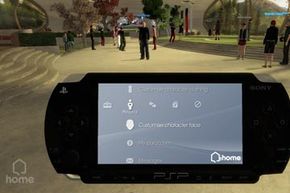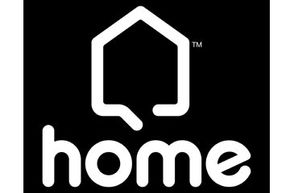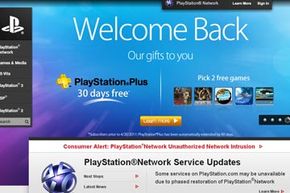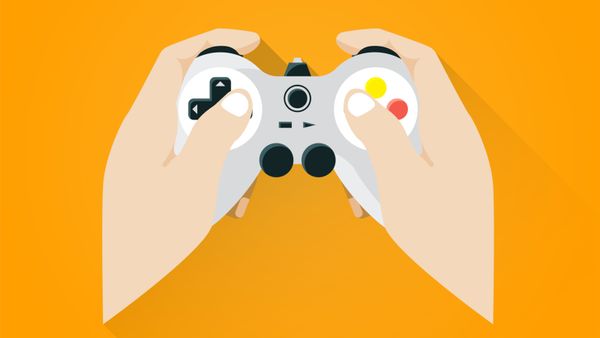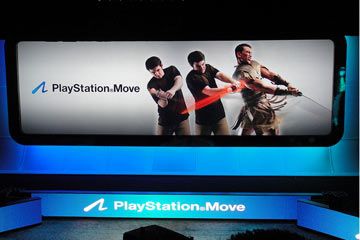In late 2002, the world of console video games changed forever when Sony and Microsoft launched networks for online gaming on their PlayStation 2 and Xbox platforms. These weren't the first consoles to connect to the Internet: Sega's Dreamcast included a built-in dial-up modem three years before, and even before the Internet existed, Nintendo was serving up downloadable content to its Japanese Super Famicom system (released as the Super Nintendo outside of Japan) in 1995 via a satellite modem called the Satellaview [source: Blame the Control Pad].
Microsoft had built up buzz for its Xbox Live service since their console launched in 2001. The Xbox's Ethernet port was ready and waiting for a broadband connection, and Xbox Live's yearly subscription fee bought gamers an exclusive Gamertag and friends list they could access in any Live-enabled game. Xbox Live was Microsoft's big push into the game console business; Microsoft had a well-developed plan for the integration of their console and their online presence. Sony wasn't quite so organized with its networked entertainment offering. In early 2002 the company casually announced a strategy to launch its network adapter in the fall, right around the same time as Xbox Live. Sony's approach had its own advantages and disadvantages: There would be no subscription fee like Xbox Live, but also no unifying infrastructure. All this background is important, because it closely resembles the exact same scenario Microsoft and Sony were in when they launched their follow-up consoles, the Xbox 360 and PlayStation 3.
Advertisement
Microsoft pushed the benefits of its subscription service harder than ever, building Xbox Live access straight into the heart of the Xbox 360. The friends list and game invites were available at the press of a button in any game thanks to the new Xbox Dashboard, and Xbox Live expanded to include an online store full of downloadable games and other media. Sony again didn't quite seem to know how to approach its online gaming platform. The PlayStation 3 launched with the brand new PlayStation Network (PSN), which included downloadable content from the PlayStation Store. And again, the PlayStation Network was free, but it lacked the core functionality that made Xbox Live so engaging. The PlayStation 3's navigation system, the XrossMediaBar (XMB), wasn't accessible in games like the Xbox Dashboard. Sony's lack of planning meant friends lists and messaging weren't available across different games for nearly two years after the PlayStation 3 launched.
To Sony's credit, the PlayStation Network has been consistently updated and improved since the PS3's launch in 2006. Everything about the platform has gotten better -- except for its security, which led to a major hacking breach in April 2011 that brought down the entire PlayStation Network for several weeks. But before we get into that incident, let's cover the basics of Sony's online gaming network.
Advertisement

